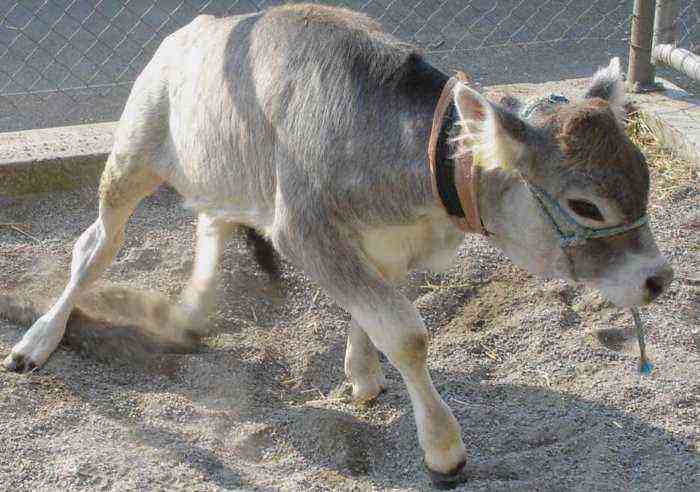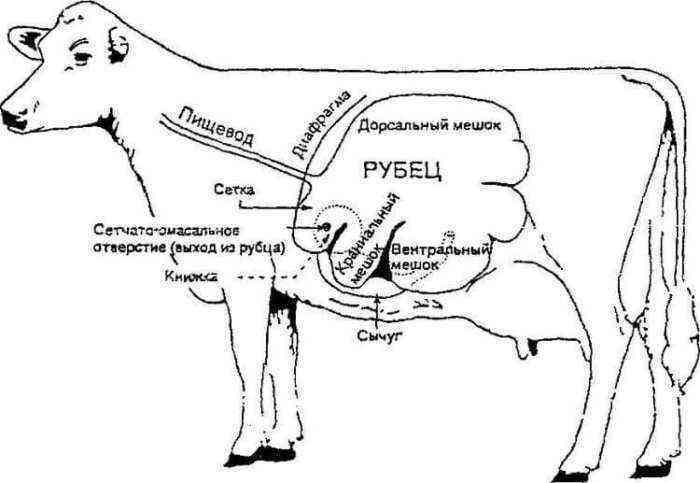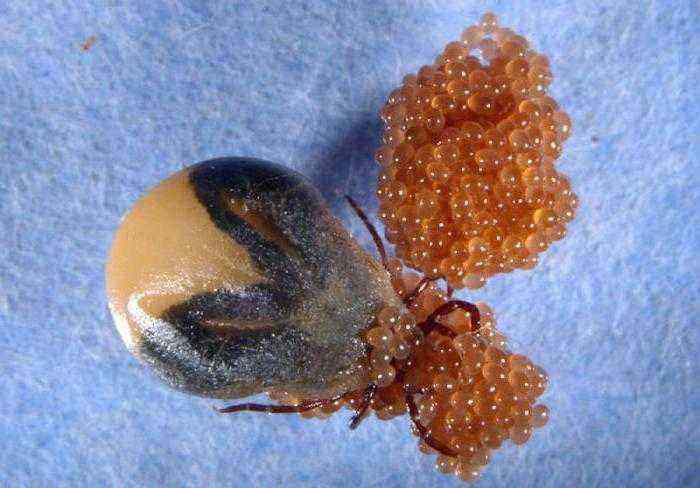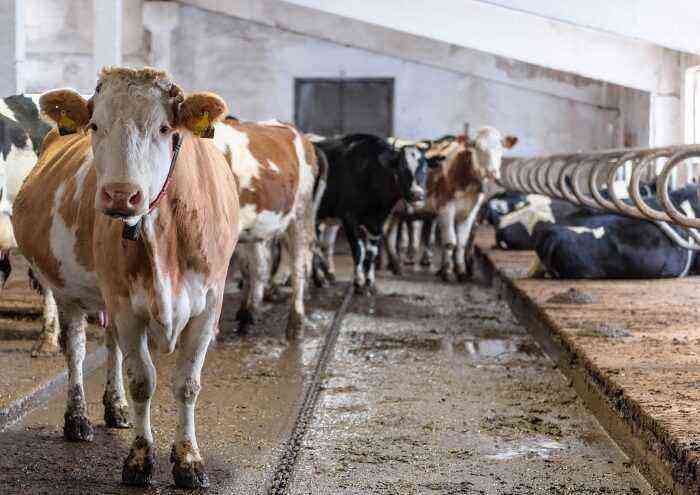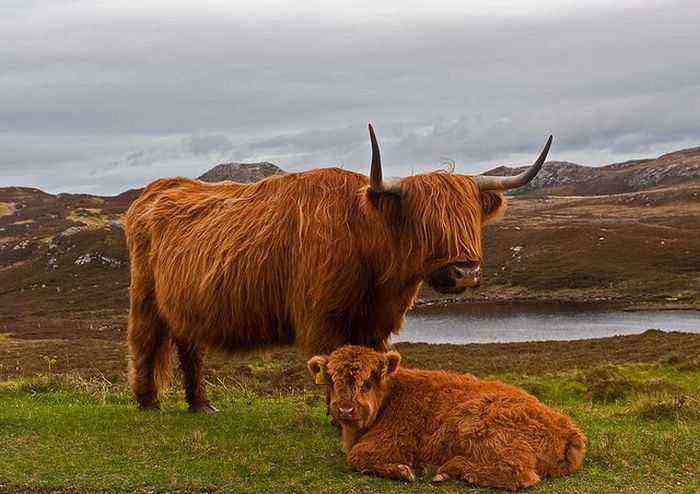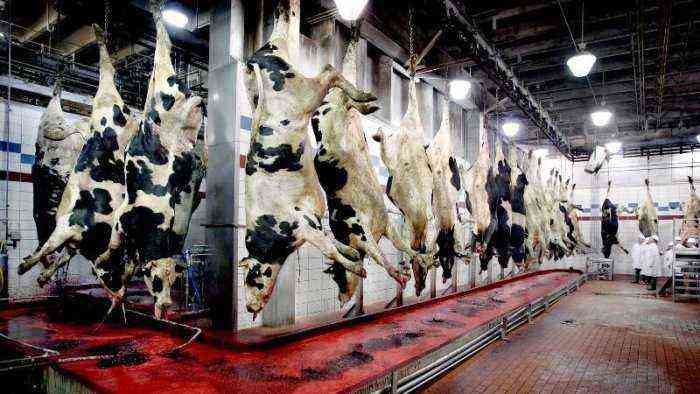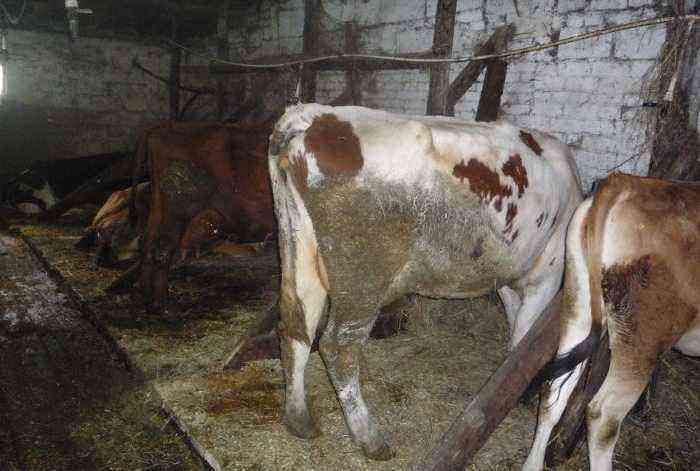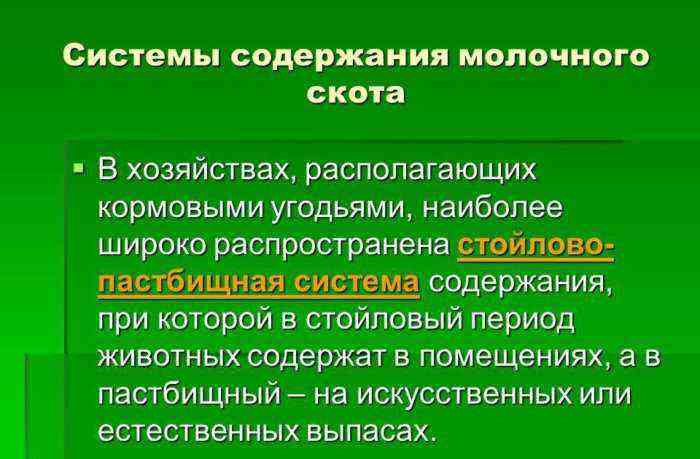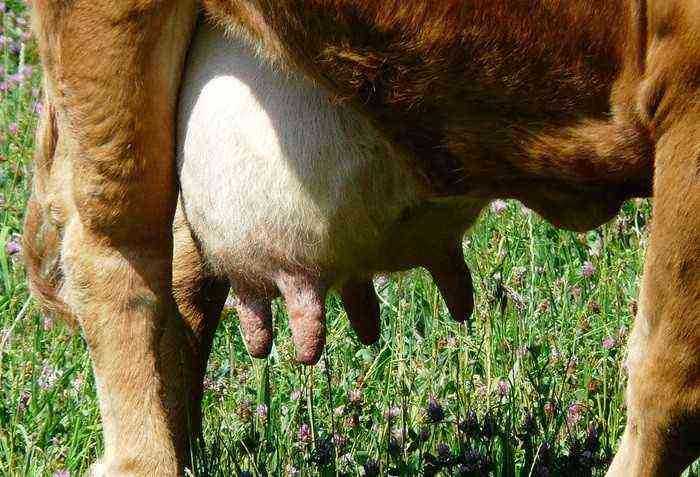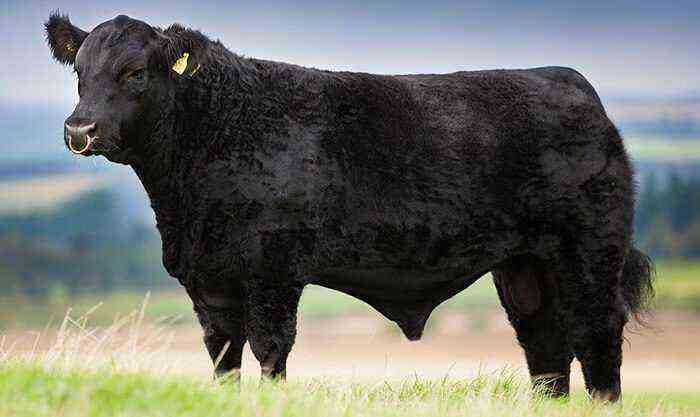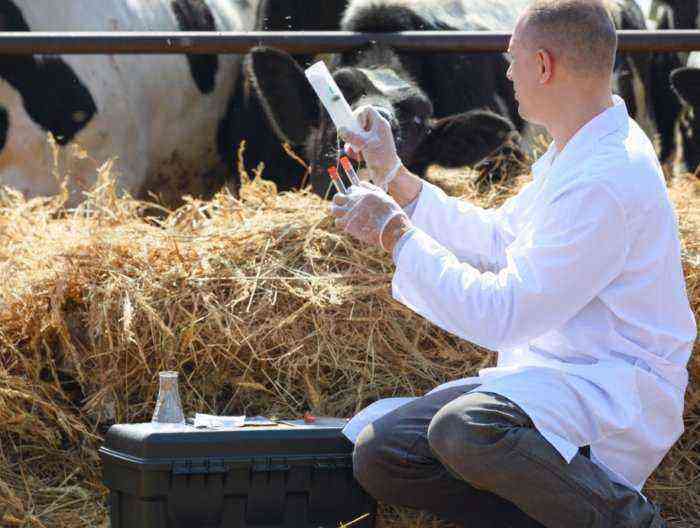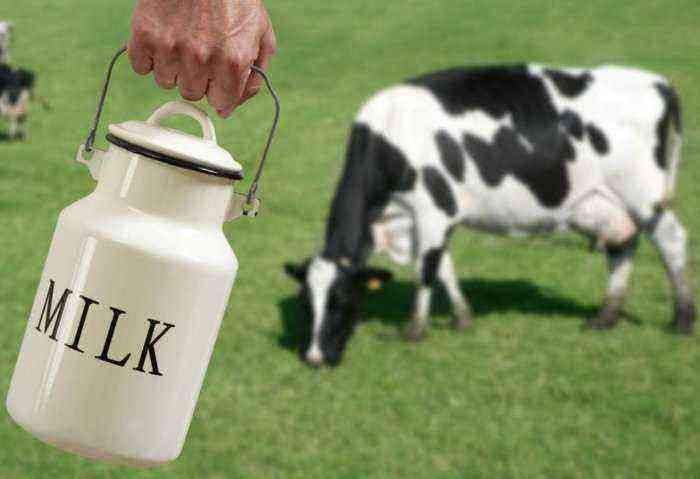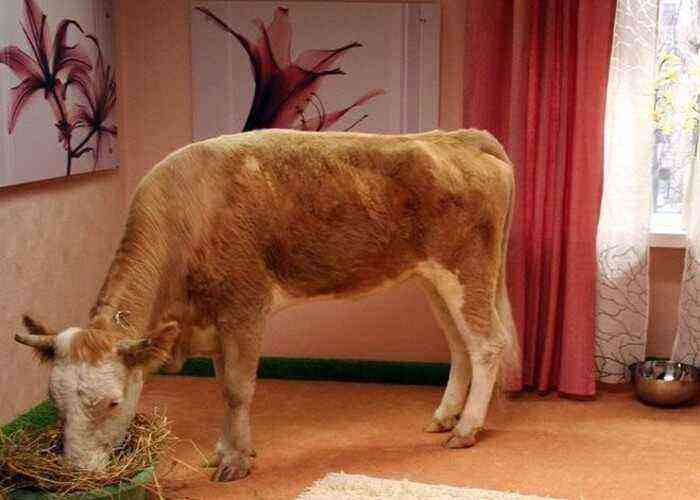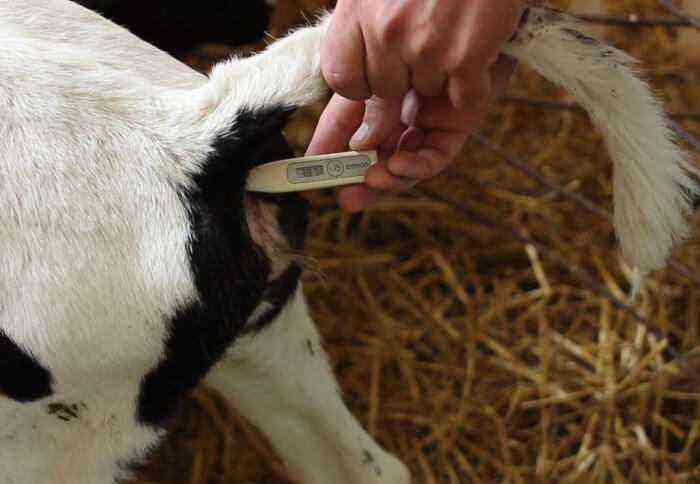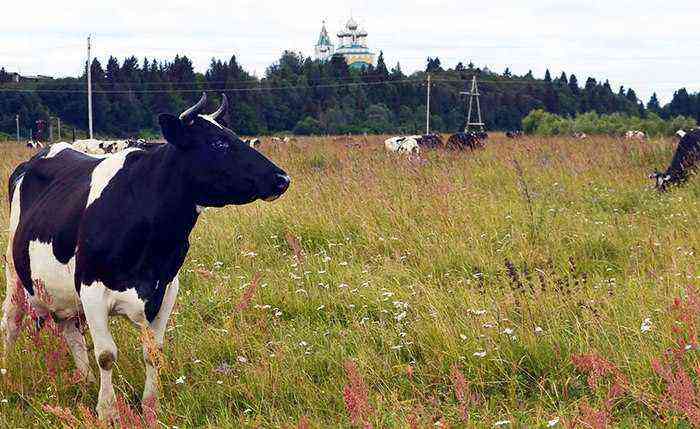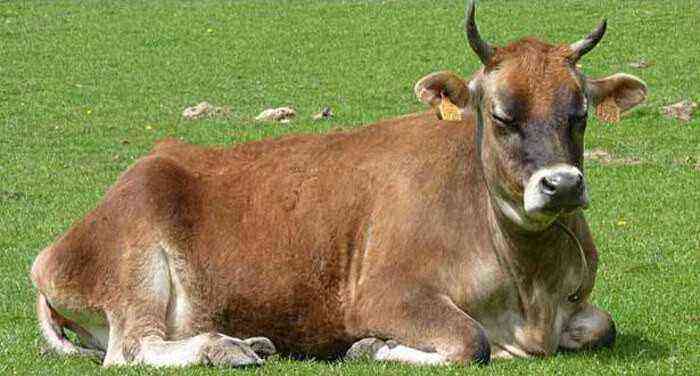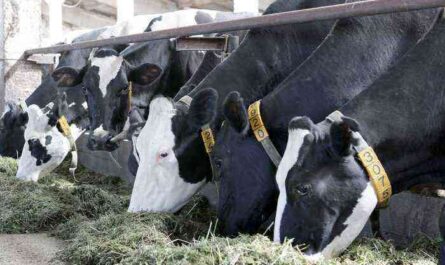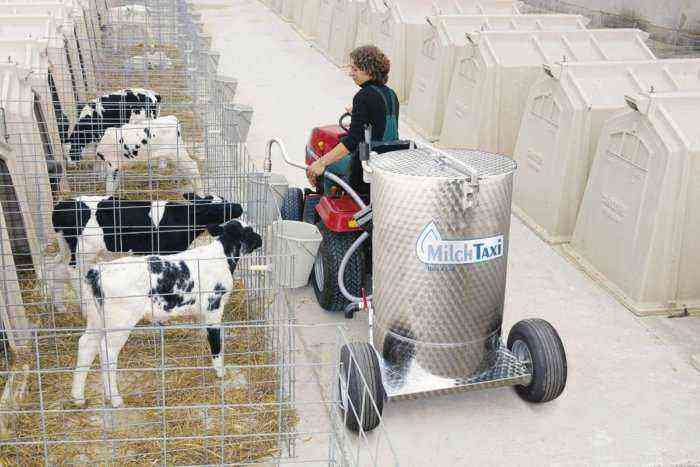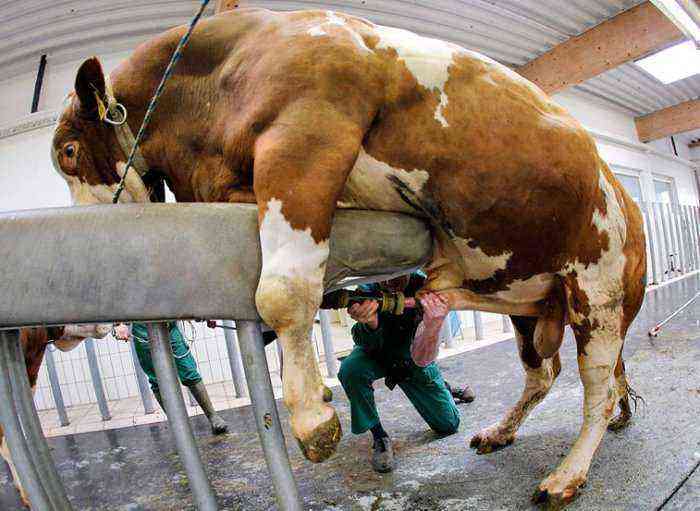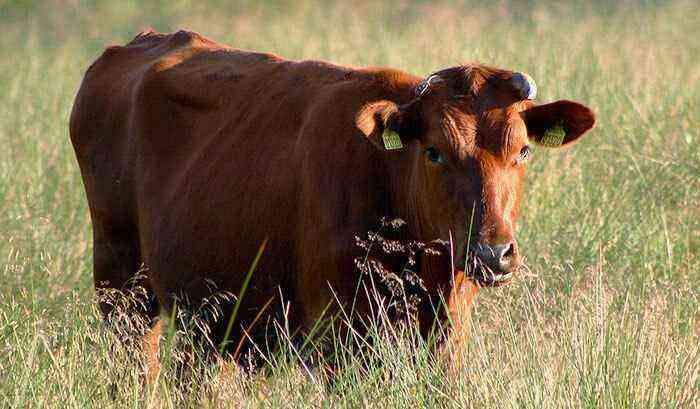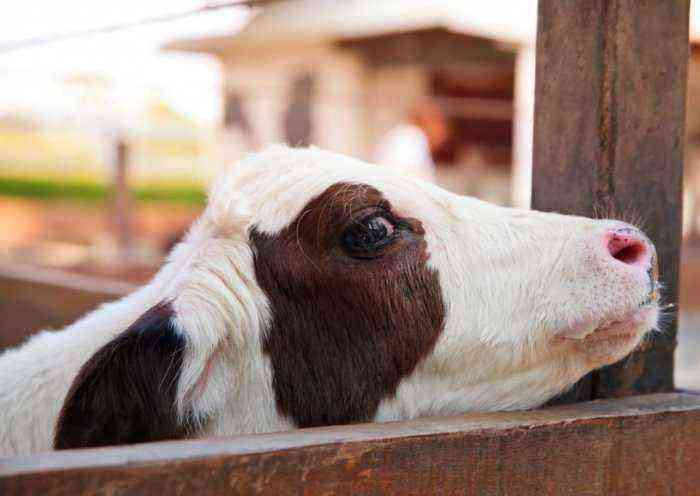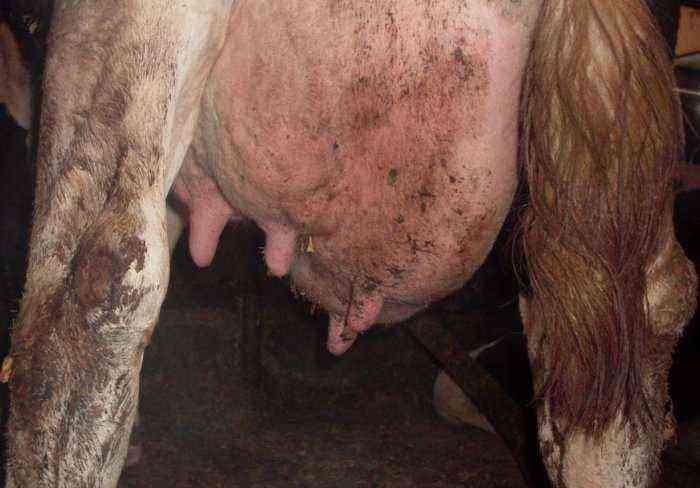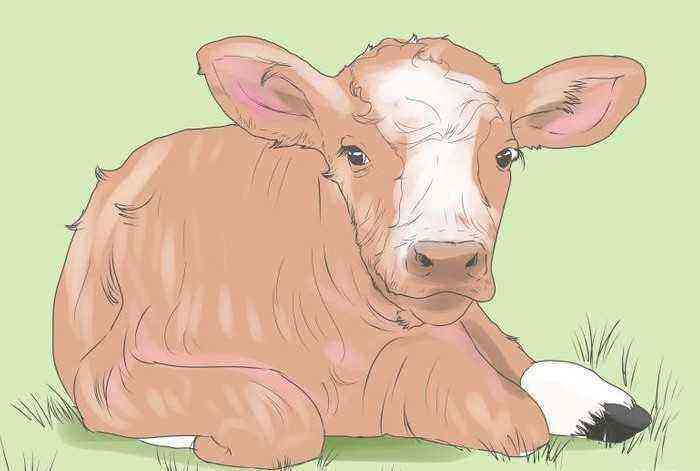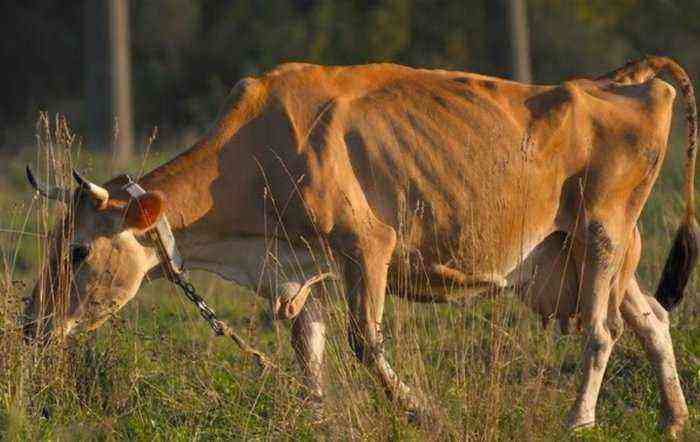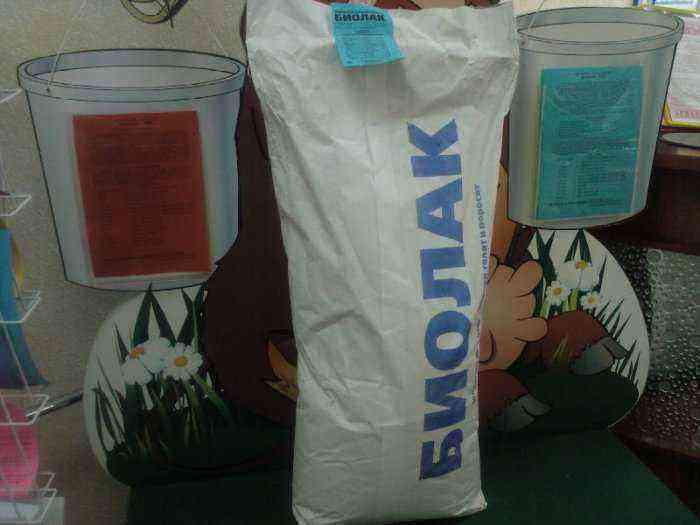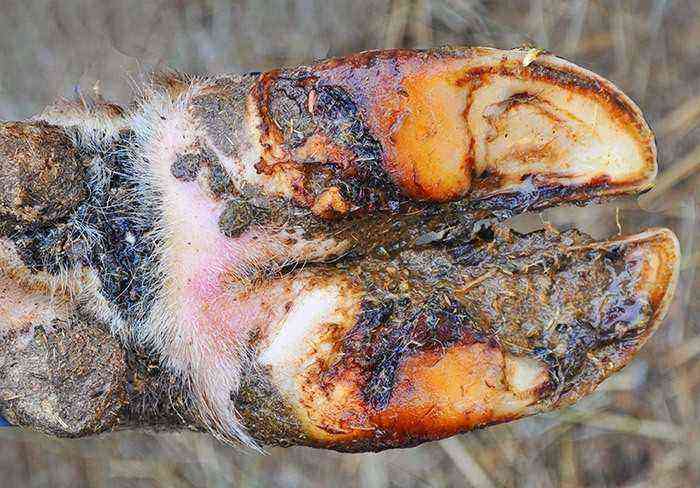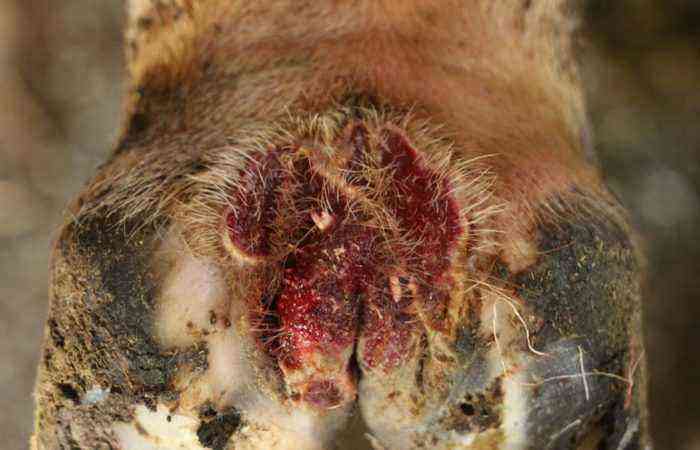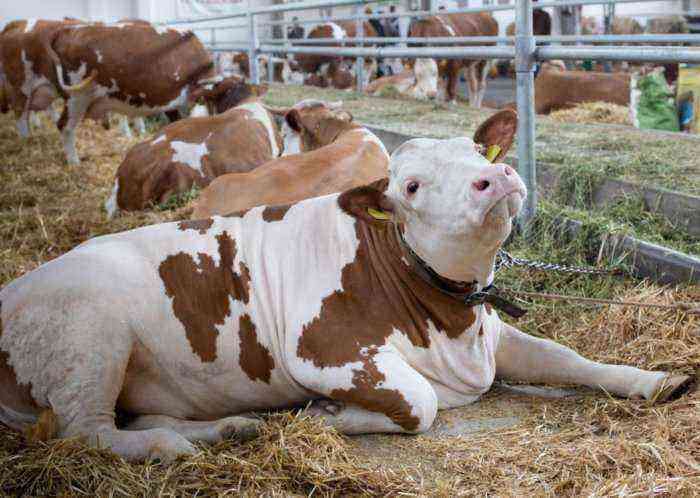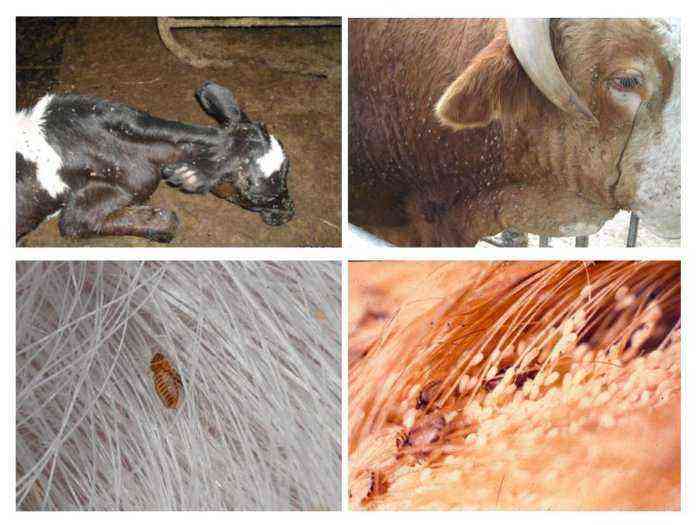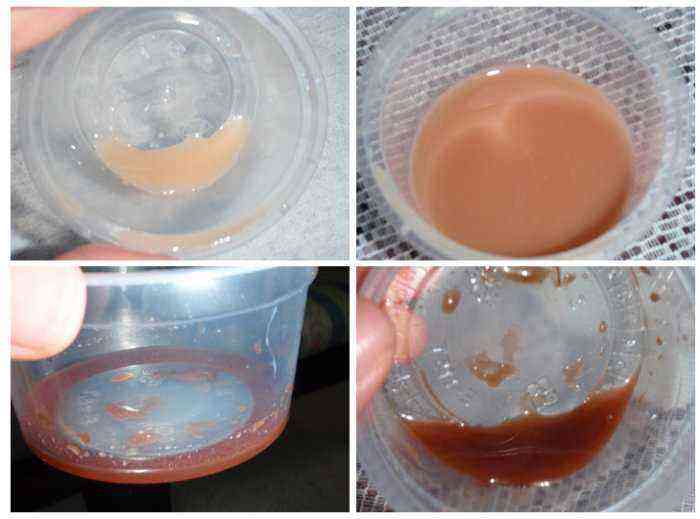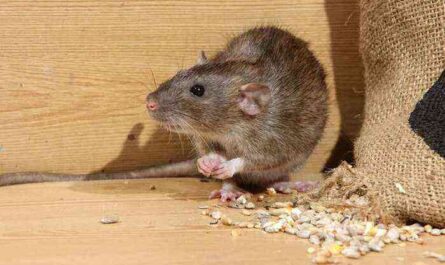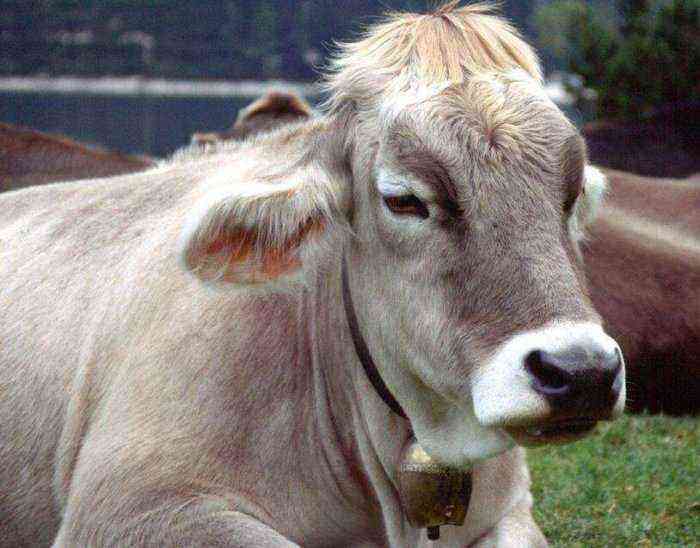Smallpox in cows is a disease that is now quite rare. It refers to infectious, has a viral etiology. Despite the low prevalence, each farmer should get a general idea of this disease, the causes of its occurrence, as well as signs of infection in cows. This information will help to detect the symptoms of the disease in time and start treatment.
Smallpox in a cow
What is smallpox?
Smallpox is caused by an epitheliotropic DNA-containing virus, which, penetrating into the blood, provokes the appearance of fever, intoxication of the body and a papular-pustular rash on the skin and mucous membranes. In cows, rashes are formed mainly on the udder, sometimes on the neck, back. In young animals, the mucous membranes of the mouth are affected. In bulls, pustules and papules are localized mainly in the scrotum.
The virus that causes smallpox has an increased resistance to cold and desiccation. It can remain viable for more than six months in animal feed, and remains active on their fur for more than 60 days. The causative agent dies under the influence of ultraviolet radiation and is unstable to acids. Smallpox can be transmitted in three ways:
- Airborne.
- Through the skin in the presence of damage on it.
- Alimentary – through food, objects.
Causes
Outbreaks of true smallpox in cows, called genuina, have not been registered in Russia for many years, however, there have been cases of infection with the vaccinia virus, which spreads mainly after vaccination. This pathogen is similar to what causes smallpox in humans.

Smallpox causative agent
The reasons for the development of the disease are:
- Contact with a sick animal or person.
- Poor diet, lack of vitamins.
- The presence of provoking factors – keeping cows in the cold, dampness.
- Lack of exercise.
- Poor ventilation in barns.
- Crowding of animals.
It has been established that outbreaks of smallpox are most often observed in the autumn-winter period, when animals are kept in a stall. Great crowding, dampness, drafts, lack of fresh air lead to a decrease in immunity in cows, and this is the main reason why animals cannot resist viral infections. If, in addition to everything, the cows are malnourished, do not receive enough vitamins, the likelihood of infection increases significantly.
Symptoms
Smallpox develops rapidly. Having penetrated into the bloodstream, the virus causes general weakness, fever up to 41,5 degrees, loss of appetite. After about two days from the onset of the manifestations of the disease, the temperature returns to normal, the animal becomes better. Further development of the disease proceeds with visible symptoms:
- On the udder, other parts of the body and mucous membranes, so-called roseolas appear – pink spots.
- After another two days, roseolas turn into seals towering above the skin, they have clearly defined red borders and a center that is slightly recessed.
- The nodules are filled with light contents, they are called vesicles.
- Vesicular formations gradually burst, acquire a darker color, and become covered with crusts.
- Closer to the final phase of the disease, crusts and scabs fall off.
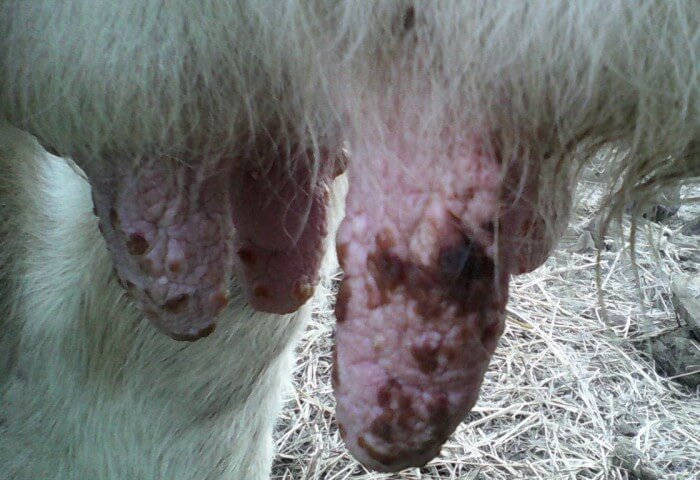
Symptoms in cows
The disease, on average, lasts from 14 to 21 days, depending on the degree of resistance of the animal and the form of the course of the disease. Since the udder is predominantly affected in cows, it becomes very painful when pockmarks form on it. A characteristic symptom of this disease is that the animal walks with its legs apart, trying to alleviate its pain.
Attention! Cowpox is dangerous because pathogenic microflora – staphylococci, streptococci, Escherichia coli – can penetrate into the bursting nodules. If this happens, the likelihood of developing mastitis is high.
Diagnostics
The diagnosis is made on the basis of the clinical manifestations of the disease and the results of laboratory tests. Already during a visual examination, in most cases it is clear that the animal is infected with smallpox, since papules and pustules have characteristic features – the middle of the formations is slightly recessed inward and resembles a navel. When diagnosing, it is important to exclude other diseases that at different stages of the course are similar to smallpox:
- Foot and mouth disease.
- Neodular dermatitis.
- Scabies.
- Eczema.
If the veterinarian has difficulty making a diagnosis, it makes sense to take a biomaterial for a sample and conduct a laboratory test. To diagnose the disease, blood and skin particles taken from papules are used. If an animal has smallpox, antibodies to the virus will be found in its blood.
Attention! Antibodies in the blood of a sick cow will appear no earlier than 7–10 days after the pathogen enters the body. Previously, it makes no sense to take blood for analysis.
The biological test according to Paul is another way to identify the virus. To do this, a virus-containing material taken from a cow is introduced into the cornea of a rabbit. A few days later, the corneal layer of the experimental animal is examined under a magnifying glass. If rounded nodules with a dot in the center appear on it, then the cow is infected with smallpox.

Rabbit for biological sample according to Paul
A third way to identify the smallpox virus is to examine the structure of infected cells under a microscope. They have characteristic changes. For research, pieces of skin are taken from the lesions.
Treatment
There is no specific treatment for smallpox in cows. The main measures are aimed at relieving symptoms and preventing the penetration of pathogenic microflora into pustules. Sick individuals are immediately transferred to separate barns. The stall should be warm, dry, and soft and fluffy bedding is required.
Treatment includes providing sick animals with a complete diet and vitamin supplements, as well as drinking plenty of fluids. This will help strengthen the immune system so that the body can cope with the disease faster.
To prevent the development of complications, broad-spectrum antibiotics are used:
- Bicillin.
- Epicurus.
- Oxytetracycline and others.
Reference. The dosage and duration of the course of treatment will be determined by the veterinarian, taking into account the weight of the animal.
To speed up the process of regeneration of the skin and prevent the spread of infection, smallpox foci are treated with ointments:
- Bornoy.
- Salicylic.
- Zinc.
- Synthomycin.
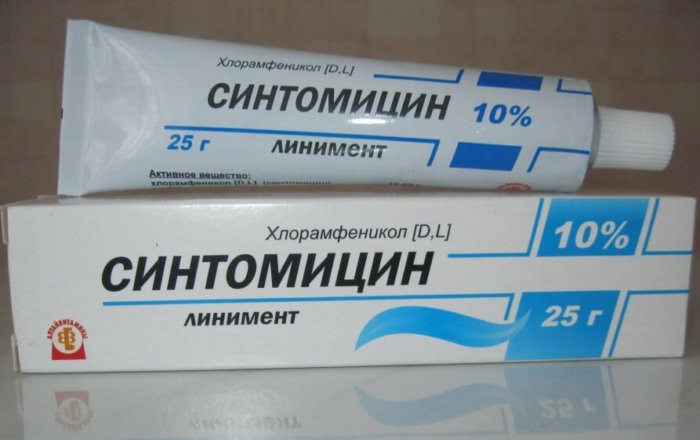
Sintomycin ointment
Various disinfectant solutions are also used to treat lesions. On the mucous membranes, pustules are smeared with astringent herbal decoctions and disinfectants.
Reference. The prognosis for smallpox is favorable. Animals recover within 2-3 weeks and acquire strong immunity to this disease.
Prevention
To prevent smallpox infection in animals, vaccination of healthy individuals with inactivated vaccines is used. It is important to observe a monthly quarantine for newly arrived cows on the farm. It is impossible to allow the import and reception of animals, equipment and feed from dysfunctional farms.
Timely diagnosis of disease cases within the farm is important. At the slightest suspicion of smallpox, sick individuals are separated from healthy ones, and the room is disinfected. For processing the floor and surfaces of the stall, apply:
- Hot solution of caustic soda at a concentration of 3-4%.
- Formaldehyde (2%).
- Bleach (2-3%).
Attention! Service personnel who come into contact with sick cows must comply with preventive measures – disinfect their hands with a solution of chloramine, and disinfect clothes and shoes in a special chamber.
If cases of smallpox are recorded on the farm, quarantine is removed from it 3 weeks after the recovery of the last infected animal. From that moment on, the farm is considered prosperous.
Although cowpox does not lead to the death of animals, it still brings losses to farmers. Therefore, it is important to take all measures to protect the economy from this disease. The best preventive measure against smallpox is vaccination. After the introduction of inactivated microorganisms into the body, animals develop a stable immunity to the causative agent of the disease.
